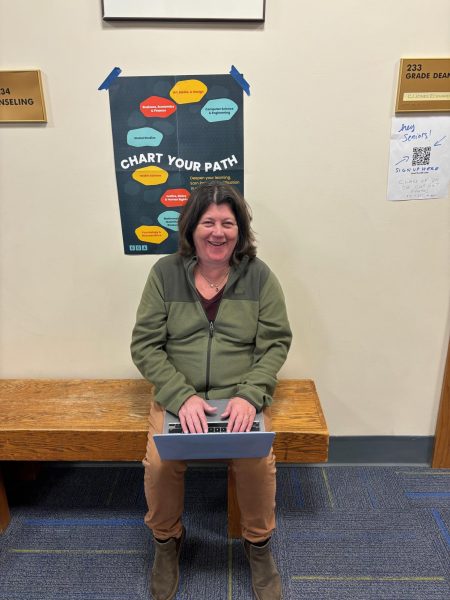Hearing vs. listening
Making a conscious action to listen to others
Listening is “to hear what someone has said and understand that it is serious, important, or true.” This definition from the Merriam-Webster dictionary explains the agency that one must have in order to truly listen to others. To listen, we must actively be engaged in what others are saying.
In order to understand active listening, one must first understand hearing. Hearing is the brain analyzing noises in order to create what’s called an auditory context. Hearing is happening all the time, even when asleep. It’s not particularly active or engaged, as hearing is more like a background action. Hearing constantly triggers cognitive awareness but it is not active listening.
Active listening only occurs when someone is making a conscious effort to listen and retain information. Rather than letting information wash over you, active listening is tuning into conversations and processing what the other person has to say.
Active listening only occurs when someone is making a conscious effort to listen and retain information.
Although you may not agree with what they’re saying, taking their word as their truth is inherently a part of listening. Rejecting someone’s speech as untrue makes active listening impossible, as the listener is not taking their information as important or worthy of listening to.
Active listening includes engaging body language like leaning forward and nodding to show agreement as well. Even small details like turning one’s knees to the person that is speaking signals to the speaker that you are listening to what they have to say.
Listening can allow oneself to participate fully inside of class and in real social situations as well. If someone can tell that you’re listening, they are much more likely to say something interesting and intriguing in order to get to a more indepth conversation.








